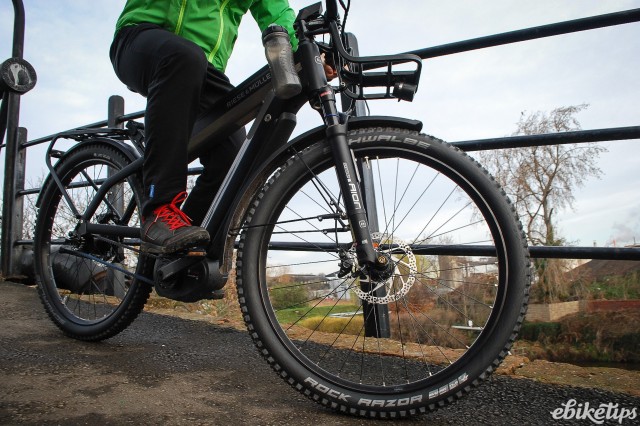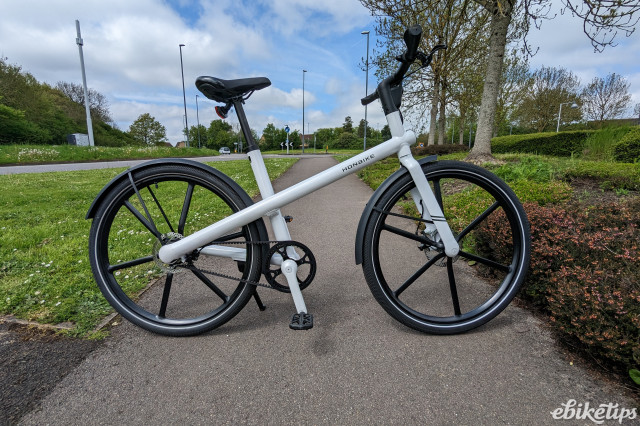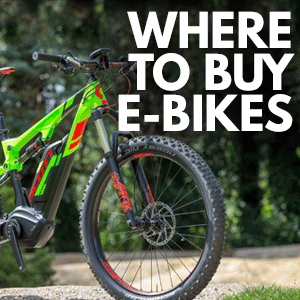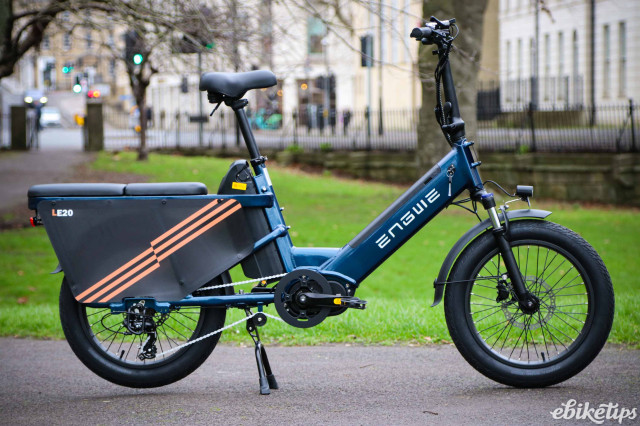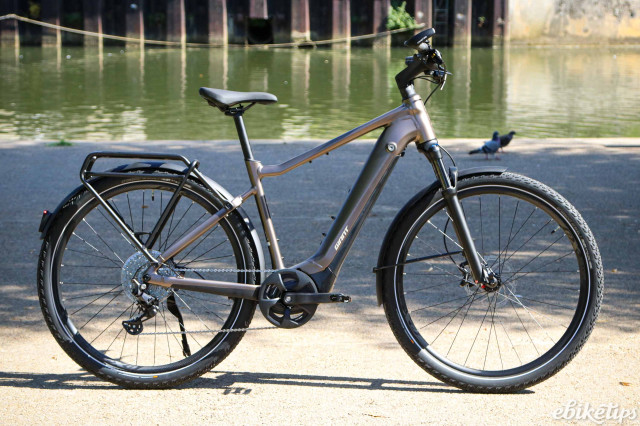Have you ever been riding your bike and heard an enormous and potentially lethal motor vehicle accelerate sharply behind you and thought to yourself, “Tell you what I could do with here? A bit of haptic feedback about this situation.”
No? Maybe some of the other features of Terranet’s BlincBike system will seem more appealing to you.
But let’s start at the start. Terranet is a Swedish firm that has up until now focused on driver-assist systems that employ 3D motion awareness technology.
The firm’s VoxelFlow software has now given rise to BlincBike, which is a sort of e-bike equivalent.
Comprising a camera on the back of the e-bike and a display on the handlebars, it’s basically a rear-view monitoring system that automatically classifies anything it detects, calculates how far away it is and also, “predicts the intention of the object.”
We’d perhaps be more willing to give Terranet a pass on their suggestion that objects (and not drivers) have intentions if it weren’t for the fact they also claim their product, “empowers cyclists to avoid accidents and assist in making smarter decisions on the roads.”
Do we really need to point out that when a vehicle approaches a cyclist from behind and there’s a risk of a collision, it’s not really the cyclist’s decision-making that’s at fault?
We suppose it is theoretically possible that an e-bike rider might suddenly decide to veer across the path of a passing vehicle. The following few paragraphs from the BlincBike press release seem to focus on such a scenario.
“This smart bicycle product will predict the movement of objects not visible to a cyclist and alert the user when there is anything that needs immediate attention,” it states.
“For example, 30% of all bicycle crashes are caused by cars and the most common bicyclist-motorist collision type is a rear end collision.
“With BlincBike, if a car suddenly approaches from behind, the cyclist will receive a warning on the rear view display mounted on the handlebars and/or through haptic feedback placed at the choice of the cyclist.
“This will allow the cyclist to avoid making any drastic turns that can cause a collision with the recognised object.
“A smart taillight will indicate the cyclist’s actions to the upcoming traffic: braking, moving or stopping.”
There seems an awful lot of onus on the cyclist to not allow someone to drive into the back of them here.
Of perhaps more relevance, Terranet add: “In-motion recordings will capture critical traffic situations to assist in the insurance claims processes, but also for easy social editing and sharing via smartphone.”


